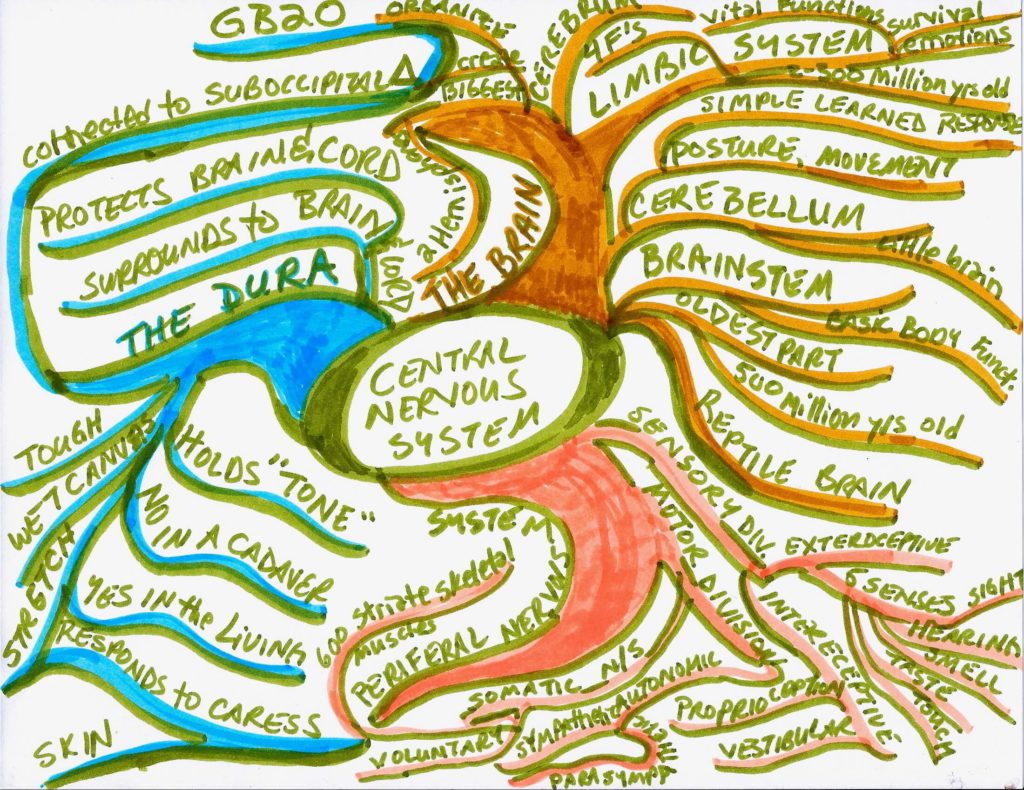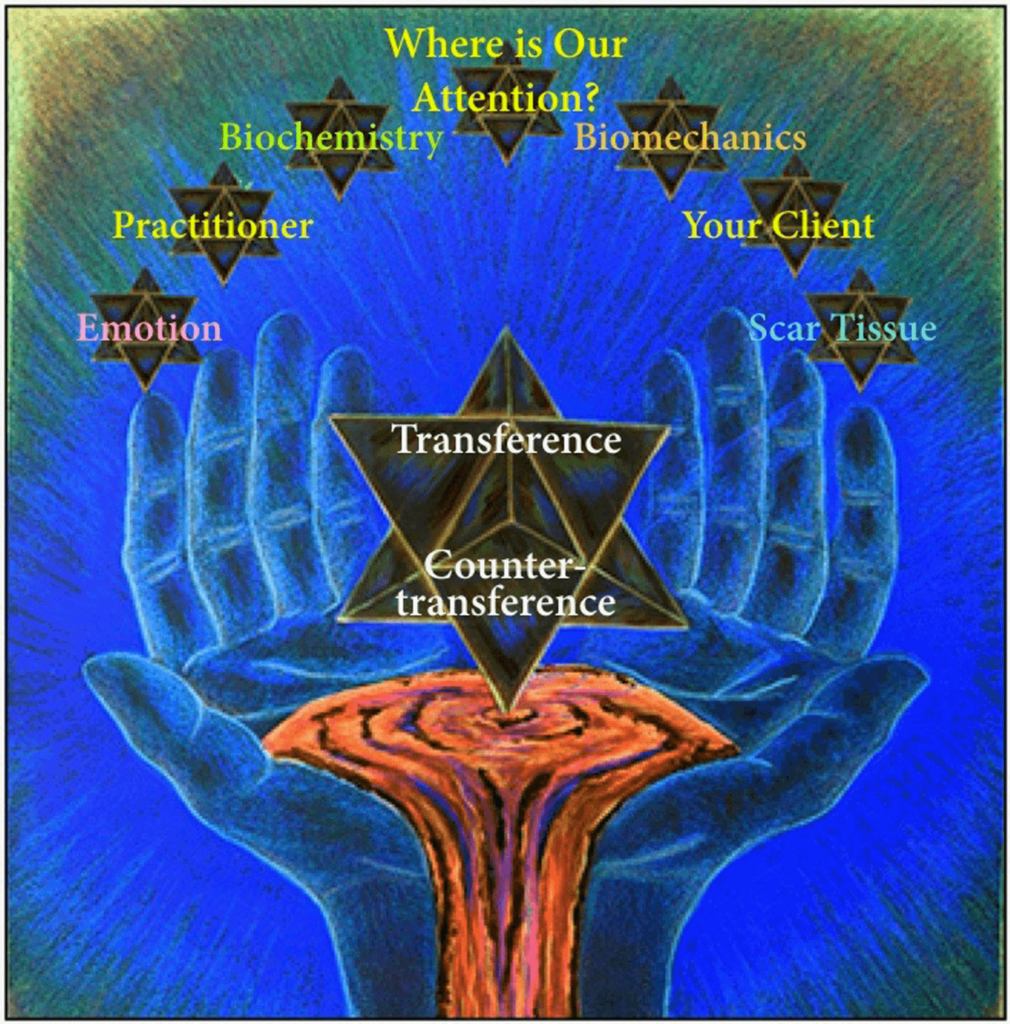Goat milk and tequila. My sister's invitation is to get up at the crack of dawn and meet her at the northern end of the San Fernando Valley. From there she will guide me to an undisclosed location to drink goat milk fresh from the tit, mixed with tequila and chocolate. I bring the chocolate; she'll bring cups & tequila.
I'm up at first light, grating piloncillo (raw sugar) into a baggie. To it, I add unsweetened dutched cacao powder - fruity, bitter, delicious. This chocolate is from a remote finca in Tabasco, a southeastern Mexican state bordering Guatemala. Fit for any Mayan gods who may yet reside there.
Tag Archives: sensory integration
Scars are a fact of life lived in the body. Healthy scars close wounds, and that’s the end of it. But some scars don’t stop there; they spread three-dimensional web-like structures, emerging from a wound site or surgical incision. These are pathological scars and can form fibrotic shells around muscles and organs, creating rough, raised tissue that tightens over time as it spreads away from original sites of tissue trauma. The effects of scars can go much further – their pull can be felt at quite a distance from old injuries or surgeries. Scars are often at the root of postural distortions.
Accurate proprioception (knowing where you are in space) is a use-it-or-lose-it proposition. Due to scar tissue and inflammatory factors, essential functions of pelvic floor organs and genital tissues can be affected. Scar tissue causes thickening of the extracellular matrix or ECM (the goop between your cells), which reduces blood flow, neural messaging, and sensory integration, eventually interfering with your pelvic proprioceptive literacy. This is a kind of dissociation, an inability to feel parts of your body. The mental representation of pelvic floor muscles, encoded in the sensory motor cortex of the brain, goes dark.
In my professional practice as a health consultant, scar tissue remediator, bodyworker, and teacher, I am increasingly aware of the way transference and countertransference play out across a psychological spectrum. This is an effort to identify that spectrum, so we, as somatic professionals, can successfully offer more dynamic and productive sessions. A picture is worth a thousand words. The image above has meaning to me because many of us have our attention out - in our hands - when we work with clients. Where do we hold our internal awareness?




